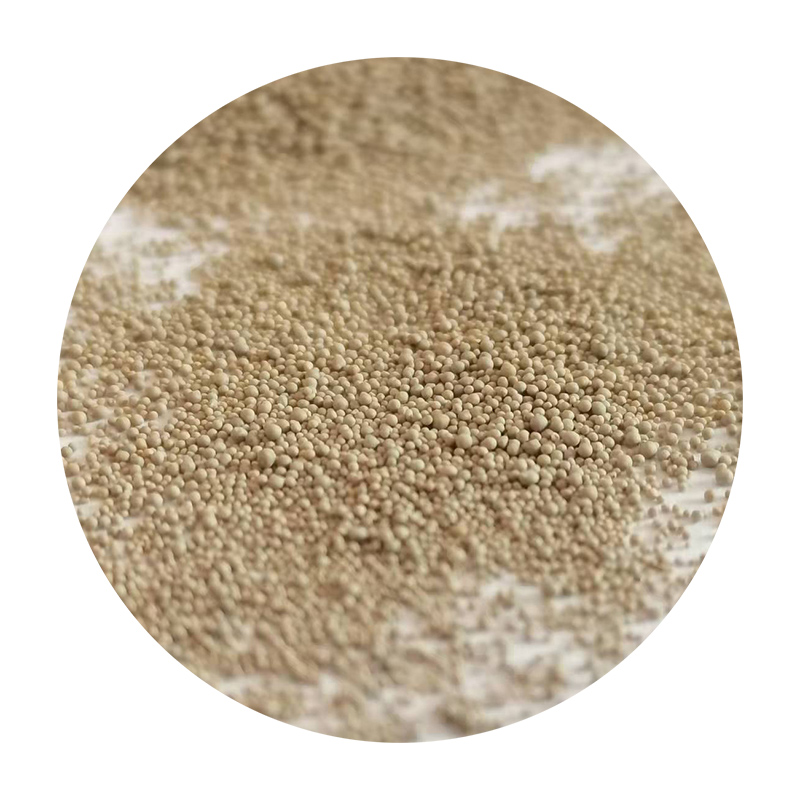The Significance of Sand-Resin Mixtures in Modern Applications
In the realm of materials engineering and manufacturing, the combination of sand and resin has emerged as a fascinating topic of innovation. Sand-resin mixtures have gained traction across various industries due to their unique properties and versatility. This article aims to explore the significance of sand-resin mixtures, their applications, and the benefits they offer.
At its core, a sand-resin mixture consists of fine sand particles embedded within a resin matrix. This combination harnesses the strengths of both materials. Sand, a naturally abundant material, provides structural integrity and rigidity, while resin acts as a binding agent, enhancing durability and resistance to environmental factors. The resulting composite exhibits superior mechanical properties, making it an optimal choice for a wide range of applications.
The Significance of Sand-Resin Mixtures in Modern Applications
Additionally, sand-resin mixtures play a pivotal role in the production of molds and patterns for various casting processes. The foundry industry has long relied on this combination to create molds that can withstand high temperatures while maintaining precision and accuracy. The adaptability of sand-resin systems allows for the production of intricate molds that can reproduce complex designs, facilitating the manufacture of parts in industries such as automotive, aerospace, and electronics.
sand resin mixture

In the realm of art and design, sand-resin mixtures have also gained popularity. Artists and designers utilize these materials to create stunning sculptures, decorative pieces, and functional art. The aesthetic possibilities are vast, as the combination allows for a range of textures, colors, and finishes. Moreover, the ability to cure sand-resin mixtures in various shapes amplifies the creative potential, enabling artists to push the boundaries of their craft.
Another notable application of sand-resin mixtures is in the realm of environmental remediation. These mixtures can be engineered to encapsulate and immobilize hazardous materials, thereby serving as an effective solution for contaminated sites. By stabilizing pollutants within a stable matrix, sand-resin systems can help mitigate environmental risks, contributing to cleaner and safer ecosystems.
The advantages of employing sand-resin mixtures extend beyond their applications; they offer economic benefits as well. Utilizing abundant natural resources like sand can lead to cost-effective solutions for various industries. Furthermore, the adaptability of sand-resin formulations allows manufacturers to optimize production processes, reducing waste and enhancing efficiency.
In conclusion, sand-resin mixtures stand at the intersection of innovation and practicality. Their ability to combine the inherent strengths of sand and resin opens up a world of possibilities across multiple domains, from construction to art and environmental management. As technology advances and research continues, the potential applications of sand-resin mixtures are likely to expand, contributing to sustainable practices and innovative solutions in our ever-evolving world.
Post time:Sht . 19, 2024 09:06
Next:sand ceramic fire brick
